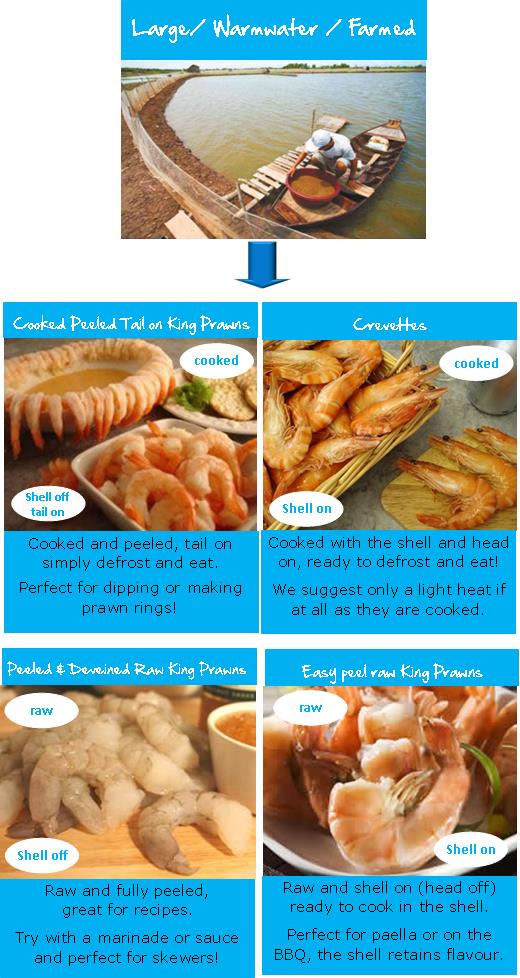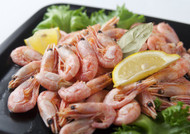Help! Which Type Of Prawn Do I Need?
Published on 29th Jun 2023
Many people ask us, when is a shrimp a prawn? Well when you live in the UK the two are pretty much the same thing! With one or two exceptions. Confusing right?
In many countries the term ‘Prawn’ is used to describe larger species and ‘Shrimp’ is used to describe the smaller prawn. There is more information here but don’t worry we are on hand to help and advise!
Here at Regal we go to great lengths to ensure our team are highly trained and can advise you on the type of prawn that suits your needs. The last thing you want is to spend good money on a cooked prawn only to ruin it by heating it for too long in a recipe dish. We receive calls from customers who have in the past done just that and it’s put them off, so here is a little bit of information to help you out!
Cooked or Raw?
First of all you need to decide how you wish to use your prawn. If you are looking for a prawn that is ready to defrost and pop straight onto a salad or sandwich then you need a cooked prawn and the smaller prawns are better suited.
If you are wishing to use a prawn in a curry or a recipe dish and it needs to be cooked or have heat added then we advise buying a raw prawn. They don’t take long to cook, usually 4-5 minutes on direct heat like a frying pan or a little longer in a curry or stew so keep an eye on the time and ensure you follow the recipe instructions. Adding prawns right at the beginning when the other ingredients take 20-30 minutes to cook might not be the best idea and you may end up with a tough prawn.
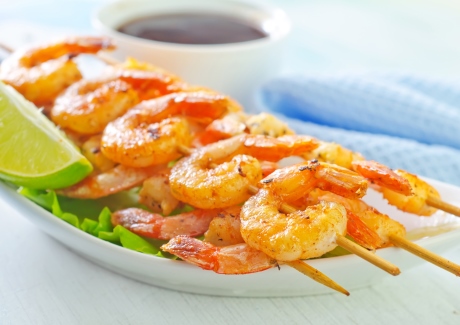
Coldwater vs Warmwater
Coldwater prawns are wild caught, usually cooked and frozen on board the vessel and tend to be the smallest of the prawns on offer, that being said they vary in size from 100 to 250+ per 454g. Wild caught mainly in the North East Atlantic, they are cooked and peeled ready for you to defrost and use. These are widely available and are the most popular here in the UK.
Warmwater prawns are the larger prawns and are usually farmed in Asia or South America and grow much larger. Commonly known as king prawns or Tiger prawns, they are available cooked or raw and are usually used in recipe dishes.

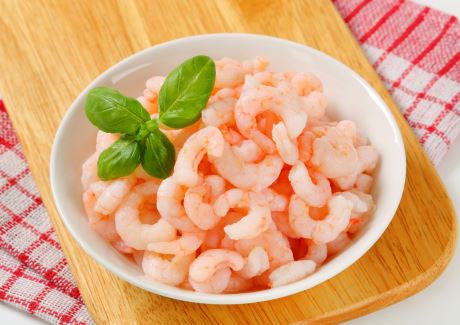 https://www.regalfish.co.uk/seafood/shellfish/superior-prawns/
https://www.regalfish.co.uk/seafood/shellfish/superior-prawns/
Shell On or Shell Off?
Available in both warm and coldwater, cooked and raw there is usually a shell on or a shell off version. This is down to personal preference. On the coldwater prawns you may like to shell them yourself as the shell retains more of the flavour but most people prefer the ease of just defrosting and adding to a salad or jacket potato.
The same goes with the king prawns. If you are having a curry you might prefer to use a fully peeled prawn so you don’t have to get your hands dirty during eating but paella dishes look great with the full shell prawn and again you can’t beat cooking a raw shell on prawn for the overall flavour. Everything is locked in when it’s frozen and they taste delicious!

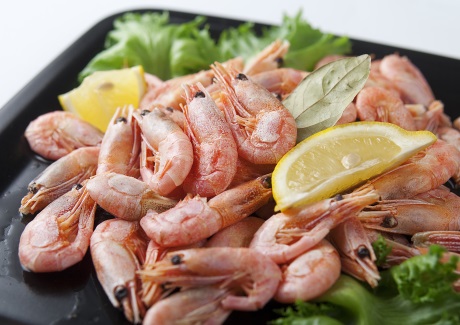
Large or Small?
Size doesn’t matter when it comes to prawns, in fact the smaller prawns tend to have a sweeter more favourable taste profile. That being said the larger prawns take on flavours better so a marinade or sauce will match really well and that’s why the larger prawns are the perfect protein for recipe dishes.

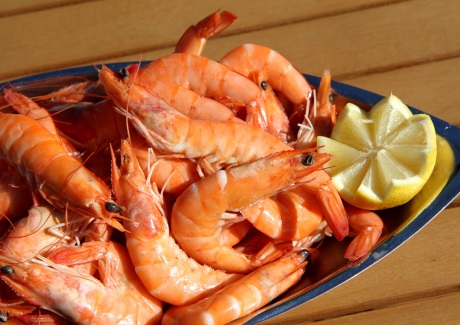
Just a note…
It is important to note that prawns when frozen require a good glaze to protect them. They burn in the freezer very easily so this is why larger prawns may have 20-30% glaze and the smaller prawns 8-15% protective glaze.
Don’t worry we aren’t trying to pull the wool over your eyes! We only declare the net weight and so you know exactly what you are paying for once the glaze has melted away. Just be careful when you open the bag that you seal it back up well as domestic freezers are more likely to dry out the prawn and opening and closing will cause the texture to deteriorate.
So now you have an idea of the differences, here’s what we have available in a quick and easy infographic!
